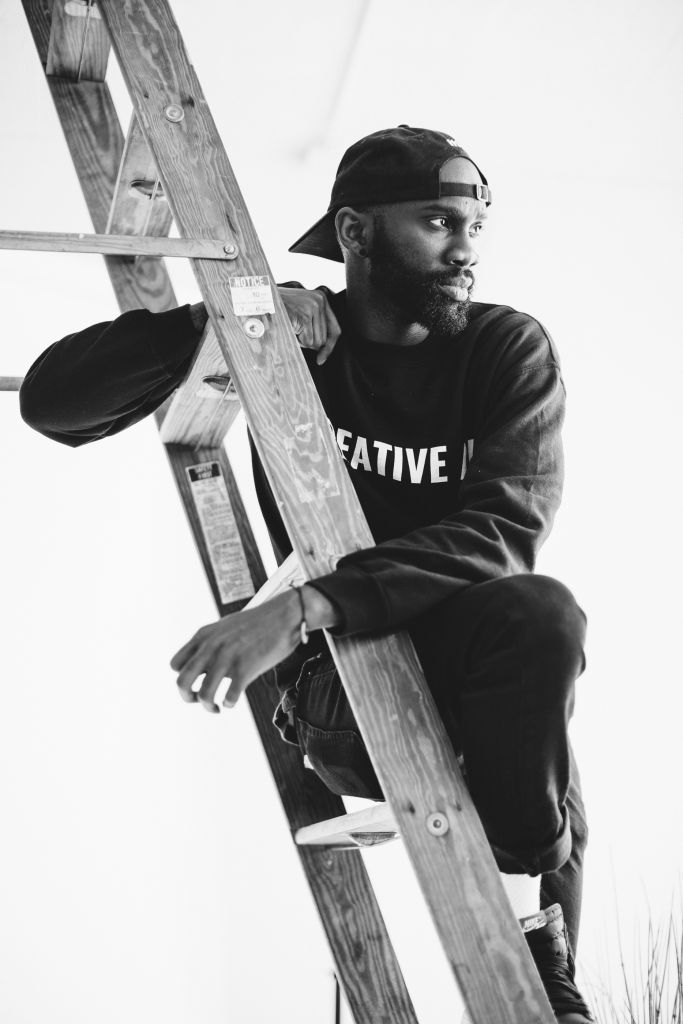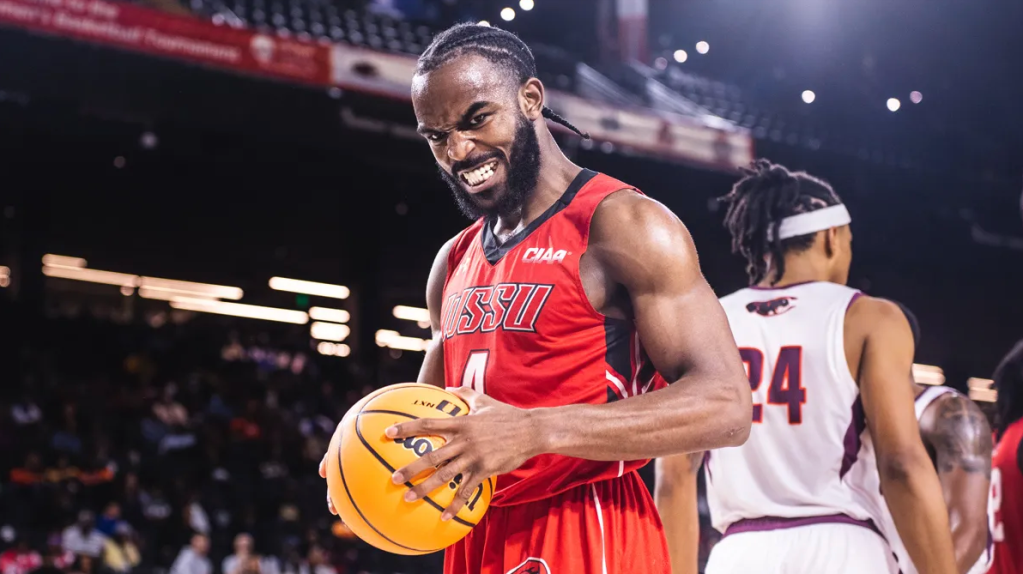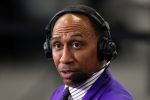
Source: Mark Clennon / Mark Clennon
After the killing of George Floyd in Minneapolis, Minnesota, spurred protests in New York City and across the world, photographer Mark Clennon grabbed his camera—determined to document the Black Lives Matter protests happening in Manhattan. And while there were many reasons for Clennon to take to the streets to protest and shoot what he knew would be a historic moment, there was one reason that stood out most to him—his daughter. The new father and husband wanted to candidly document what was happening in the world for his baby girl during the time she came into the world.
Clennon didn’t expect that his photographs would go viral, or that they’d be featured in Time, New York Magazine and a host of other notable publications. But, then again, Clennon’s journey into becoming a photographer has always landed outside what he—or others—might expect. We caught up with him to discuss his origin story, the moments that radicalized him, and why Black photojournalists matter.
CASSIUS presents Young Black Icons
Let’s begin with a bit of your background and how you first became interested in photography.
I’m from Florida; a born and raised Floridian. I graduated high school in Pensacola and I graduated college in Tampa—The University of South Florida. In college, I was a club promoter, and I had to make all these flyers. This is when I really started learning how to be creative with visuals, because every week I had to make these flyers. So, I had to learn photoshop and how to search for photos, and how to create these visuals that would make people want to come out to these parties. At the time, I was also creating billboards and visuals for my school. By the time I graduated, I was pretty good at graphic design.
I realize now that while I was in college, I kind of insulated myself. I was around Black people, and we were doing Black things. But when I graduated, I was working in a very white space and it didn’t quite fit for me—plus I needed a change of scenery. So, I packed up and moved to New York, and was just slinging ads. I was always good at taking pics with my phone and posting them on Instagram. People would always ask, “what camera do you use?” and they’d be surprised when I’d tell them that I only used my phone. Everybody was telling me that I needed to be a photographer, but I didn’t want to be the picture man (laughing). I didn’t pick up a camera until 2016.
Love that you started capturing images on your iPhone. So often, we hear people say that just because you have a camera on your phone, that doesn’t make you a photographer, but here you are proving them wrong. So much of the creative process is about vision, not equipment, and a person could absolutely start taking photos with their phone and end up with their photos placed in Vogue or Time.
Absolutely. Without my phone, I definitely wouldn’t be where I am today. I learned all the basics of photography with my phone—composition, lighting. I was really just shooting a lot of architecture. I was so fascinated with the buildings in NYC, and I wanted to show my friends back home what New York was like.
So how did you move into environmental portraiture, shooting people?
To me, with Millennials, everybody has a podcast, a blog, everybody has a little side thing, and the common denominator is storytelling. We’re all storytellers. My storytelling shifted from wanting to document what New York looked like through architecture to capturing the people of the city. I shot a lot of club events, and actually—believe it or not—it really prepared me for shooting protests. In fact, the reason my protests photos were successful is because of all the other kinds of photography work I was doing. When you think about club events it’s hot, it’s sweaty…it’s hectic, it’s unpredictable. Sometimes, you have to find the right spot, lighting is changing and fluctuating—not very dissimilar to what the environment is like during a protest. So, people will say, “Oh creating these images came out of nowhere.” But really, if you know my path, you know that all of these tools converged at the right moment.
What radicalized you to make you start being more active in the Black Lives Matter Movement?
Trayvon Martin. I remember the very moment I found out that Trayvon Martin was killed, because he’s from Florida. And the circumstances surrounding his murder. Like I had been in those kinds of suburbs in Florida, and I would always cut through different places—apartment complexes—to get to the store, just like he did. His murder is when everything changed for me, because I really saw myself in him.
Tell me about your political education and who you look up to as guides to your activism, and also, who you look up to as creatives.
It’s funny that you mention guides. Not to sound cliché, but I read a lot of books this summer about Dr. King, and I read—for the first time—The Autobiography of Malcolm X. I actually finished the book on the day George Floyd was killed. And the timing of it all was surreal. Like, I live in Harlem. I live on Malcolm X Boulevard. So, there were moments in the book where there are addresses given, and I could literally see those places right outside my window. It added so much historical context to the moment, and I’m reading it as an adult living in Harlem. It was like time travelling.
And I didn’t go to school for photography, so I don’t have a deep well of information on photographers—but I have to mention Gordon Parks. He’s the GOAT—of course for his work but also because I don’t know anyone who covered the as much ground in documenting the full scope of what it meant to be Black in America. He documented segregation. He was shooting in people’s homes. He was shooting outside. He photographed Muhammad Ali and Malcolm X, and he photographed regular everyday people. He photographed sports. He photographed Harlem and the south. People always say that you have to choose, as a photographer. If you’re going to shoot fashion, you have to stick to fashion. If you’re going to do media, stick to media. But Gordon Parks did it all. He shot people, places or whatever because those were the stories he wanted to tell. He wanted to build a world. As far as contemporary creatives—Kendrick Lamar. He’s a large influence on how I can translate my Blackness in ways that can empower and uplift.
What advice might you give an up-and-coming creative? What did you have to learn on your own about the creative process?
Don’t be afraid to look like a beginner. I think that’s very important, and something that even held me back. I didn’t want to walk around with my camera and learn it. And that’s what you have to do if you want to be good at your craft. Practice it. You don’t have to wait for inspiration. Inspiration comes after you start. Just start.
You can find out more about Mark (and his work) via his website. Prints of his photographs are available here. He’s @mark.c on Instagram.
Josie Pickens is an educator, writer, cultural critique and community organizer. Connect with her on Twitter and Instagram at @jonubian.
Click here to learn more about Cassius’s Young Icons. They’ve got next.
















